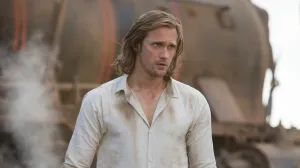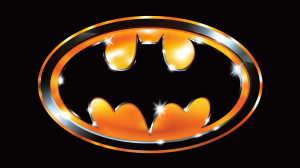Nobody was more surprised by the success of the romantic zombie comedy musical Anna and the Apocalypsethan the film’s director, John McPhail. The film was a strange animal, pieced together from parts of genres and leaning hard enough into those genres that it could feel like the tone shifted a bit scene to scene. The result was as bonkers as its premise, but according to McPhail, the whole thing seemed like such a ludicrous idea that he and his collaborators were a little bit surprised when mainstream studio partners started expressing interest in getting the film distributed to North American theaters.
Videos by ComicBook.com
The key to making a movie that worked and connected with its audience rather than confusing and alienating them was fairly simple, according to McPhail: the filmmakers stuck to a fairly rigid structure that allowed them to organize their thoughts in a way that might have felt like it was wandering from place to place but was in fact deeply considered.
“I tried to sort of pick up the three act structure,” McPhail explained. “The first act was a zany teen comedy, then it is all about learning about these kids and their lives and making it as bright and colorful as possible and keeping the black level on the floor. Which I knew was going to be out a little bit of a hindrance towards the horror fans. But I thought that audiences will now let me take the time to set up these characters and learn who they are so that once we got to the second act, when she woke up that morning, after at a swing park scene I added a whole bunch of horror props to sort of say thank you to the horror fans. ‘Thanks for waiting there during sort of the zany teen comedy; a horror comedy is about getting served,’ and that’s when she goes down the street and everything’s happening behind her. And I was always wanting to do this film to the top act and being an out and out horror movie that you know about losing these kids and these kids trying to sort of like, being inside the school when dark celestial dying and go from there. And I knew that the midpoint had to have a real depth and had to come down and that’s where we put human voice in there and you know the film stuff and they have a bit more drama injected than here. So the very end didn’t feel like it was going to just come out of nowhere and be so dramatic and so, lose all these characters. So that was kind of the way I was trying to break up and try to build on and sort of to do a service to all the genres and making sure that you know that was that was the best way to build it.”
Even once the film was completed and they felt pretty good about the way things had come out — complete with a powerhouse lead performance by Ella Hunt, who McPhail agreed was key to the film’s success — they really did not know how to manage expectations for such a unique project.
“We weren’t expecting to go as big as it did,” McPhail admitted. We used to come into the office and we would talk about things that happened at festivals, and we’re going to ‘MGM and Orion are interested,’ and we were laughing because we were going, ‘this is ridiculous. This is absolutely ridiculous.’ So we never expected it to go and then sort of blow up all of our careers like it has but it was something, it was a project that we all fully believed and in just loved.”
You can get Anna and the Apocalypse on DVD and digital streaming on demand platforms now.








